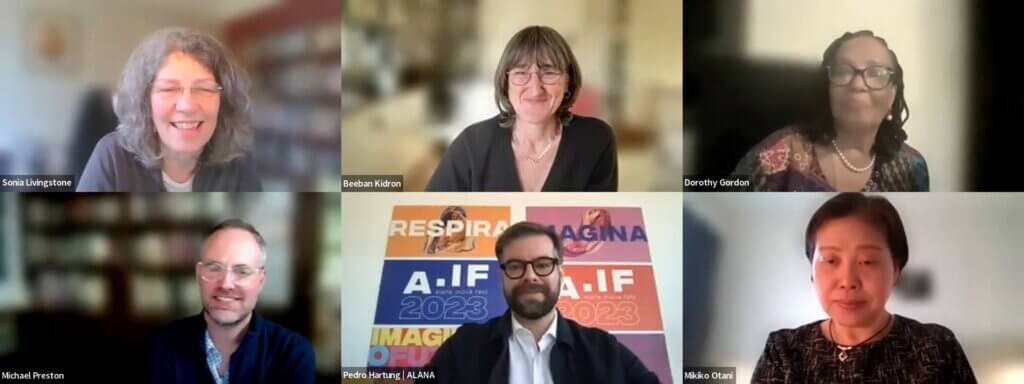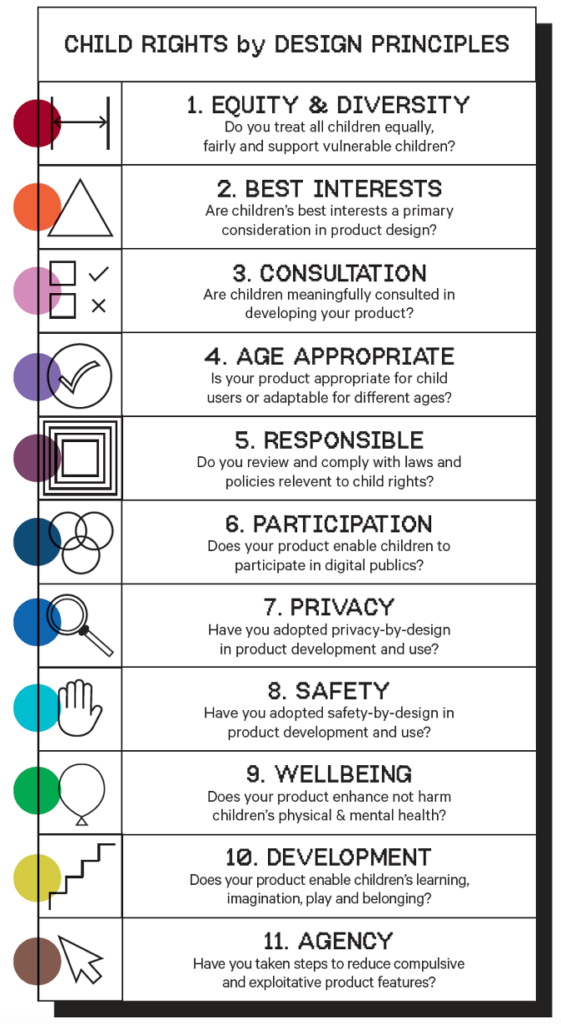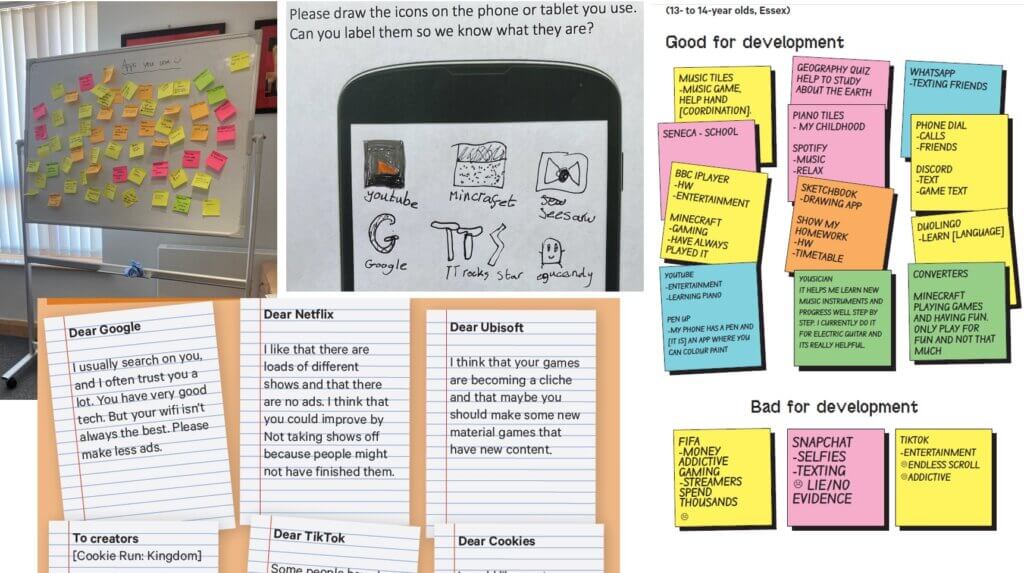How should we design the digital world in the best interests of children? If you missed our recent webinar presenting our Child Rights by Design toolkit and its basis in General Comment 25, worry not: you can watch the webinar here.
As Beeban Kidron said, in introducing the Digital Futures Commission:
“Our central idea was that children must be the beneficiaries of what the digital world has to offer and in doing so, change the status quo, in which children are largely overlooked or become collateral damage to an attention hungry world that is not designed with their development needs and evolving capacity in mind.”
The task of embedding children’s rights in the digital environment is international, so we hoped the webinar would be international; and it was. Some 400 people from over 50 countries all around the world joined the discussion.
The webinar agenda included:
- Welcome to the Digital Futures Commission: Baroness Beeban Kidron, 5Rights Foundation
- A short video of our March 2023 in-person conference created by the Gifted Young Generation who MC’d the day
- Children’s rights in the digital environment: Mikiko Otani (UN Committee on the Rights of the Child)
- Child Rights by Design – what, why, how: Sonia Livingstone (DFC and LSE)
- Panel discussion – Mikiko Otani was joined by Pedro Hartung (Executive Director, Alana Foundation), Dorothy Gordon (Chair, UNESCO Information for All Programme), Michael Preston (Executive Director, Joan Ganz Cooney Centre at Sesame Workshop)

What is Child Rights by Design?

Our Child Rights by Design toolkit advances our ambition that all providers of digital products and services that impact children keep children in mind throughout their work and embed children’s rights into their provision.
Its 11 principles are distilled from the articles of the UN Convention on the Rights of the Child (UNCRC) and the text of General Comment 25 on how the Convention should be implemented in relation to the digital environment – including by businesses.
We decided to build on the “by design” approaches now being developed across public, private and third sectors. These are promising and important. But innovators and policymakers pay most attention to the ‘hygiene’ factors of safety and security, sometimes privacy too, while tending to neglect children’s positive rights (including their civil rights and freedoms), as well as the crucial balance among their rights (captured in the idea of children’s best interests as a primary consideration, which is fundamental to the UN CRC).
To create the toolkit, we consulted innovators, practitioners, experts and children to make develop the guidance and make it practical. We also drew on the collected wisdom of many rights-based, ethical and value-sensitive organisations and a consultation with children around the country.

For each of the 11 principles, the guidance offers:
- An account of how specific child rights apply to digital products and services
- Distilled insights from expert sources and links to relevant legislation
- Reflections from children and young people
- ‘Stop and think’ questions to ask, mapped to the Design Council’s ‘Double Diamond’ process
- Suggested sources of design inspiration and tools.
We’d love to know what you think, and to work with you in advancing this work.
The webinar discussion
Some of the key points (if I may paraphrase our eloquent speakers) included:
- Child rights apply in the digital world! Read General Comment 25, the authoritative international guidance. The UN Committee on the Rights of the Child is now holding states to their obligations, which include holding businesses accountable for their responsibilities to children and child rights.
- Children’s rights include both the right to protection and to participation. That’s the challenge but also the promise. It’s what children call for, and deserve. But especially in the global South, both are intensely under pressure, not least because businesses provide more thoroughly for their counterparts in the global North (although by far the majority of the world’s children live in the global South). Problems of access, inequality, exclusion and discrimination remain pressing.
- It is often said that retrofitting design to respect rights after a product is developed can be difficult, and expensive. But there are many barriers to “by design” approaches, which is why guidance is vital, reputational and trust factors are important, regulation may be required and, as is increasingly said, business incentives and models may have to change. As improvements are made, these must be applied in a truly global manner, also consulting and benefitting children in the global South.
- Since businesses are diverse, ranging from start-ups to Big Tech, some targeting children while others impact them inadvertently or as part of a wider public, webinar participants sought ways to encourage a child rights perspective. Also pertinent is a host of other players in the digital ecosystem – think of investors, professional training, and those working on standards, compliance and procurement.
- Children have a right to participate in the world, including the digital world, and to be heard on matters that affect them. What can be the most insightful analogies – is the online world like a park, a street, a mall, an entire city? How can already-developed infrastructures and practices inspire new thinking in relation to the digital environment?
Many more valuable points were also made in the rich discussion, so do watch the webinar. You can read the speaker biographies here, and you can also watch GYG’s video below – it’s fun!
Q and A
Webinar participants asked many more questions than we could answer, and we’ll reflect on all of them in our work going forward. Particularly challenging questions concerned:
- The importance of the USA, being home to major Big Tech companies, yet the only country that hasn’t ratified the UNCRC
- The challenge of treating children in a rights-respecting way online when it may not be clear which user is a child: are age verification measures therefore necessary?
- Wouldn’t it be great to gather best practice cases of child participation in product design, to distinguish a rights-respective approach from the extractive (or instrumental) prioritisation of business over children’s interests, and to demonstrate how these better respect children’s rights (while benefitting businesses also, perhaps in new ways)?
- Do emerging technologies undermine Child Rights by Design (we hope and believe not!) and how can the principles be deployed to improve developments in artificial intelligence, smart environments, the metaverse and more?
- Where are the international opportunities to advance the agenda? Can we learn from struggles regarding product safety, environmental concerns, child labour, and more? We are ready to contribute to international forums as appropriate, including most recently the Global Digital Compact.
We are grateful to the speakers, our team, all the young people we consulted during the work, and to participants in the webinar itself. As someone observed in the chat, the community of experts, stakeholders, industry players and activists who joined the webinar constitute a powerful constituency; we will find further ways to collaborate in the future.
For more information:
- An overview of the Digital Future Commission’s work
- The Blueprint for Education Data
- Child Rights by Design (blog; report – two page view, single page view; microsite)
- Playful by Design (blog; report; design tools)
- The Final Report (single pages, two page view)
- About us (work streams, publications, blog posts, commissioners, research team)